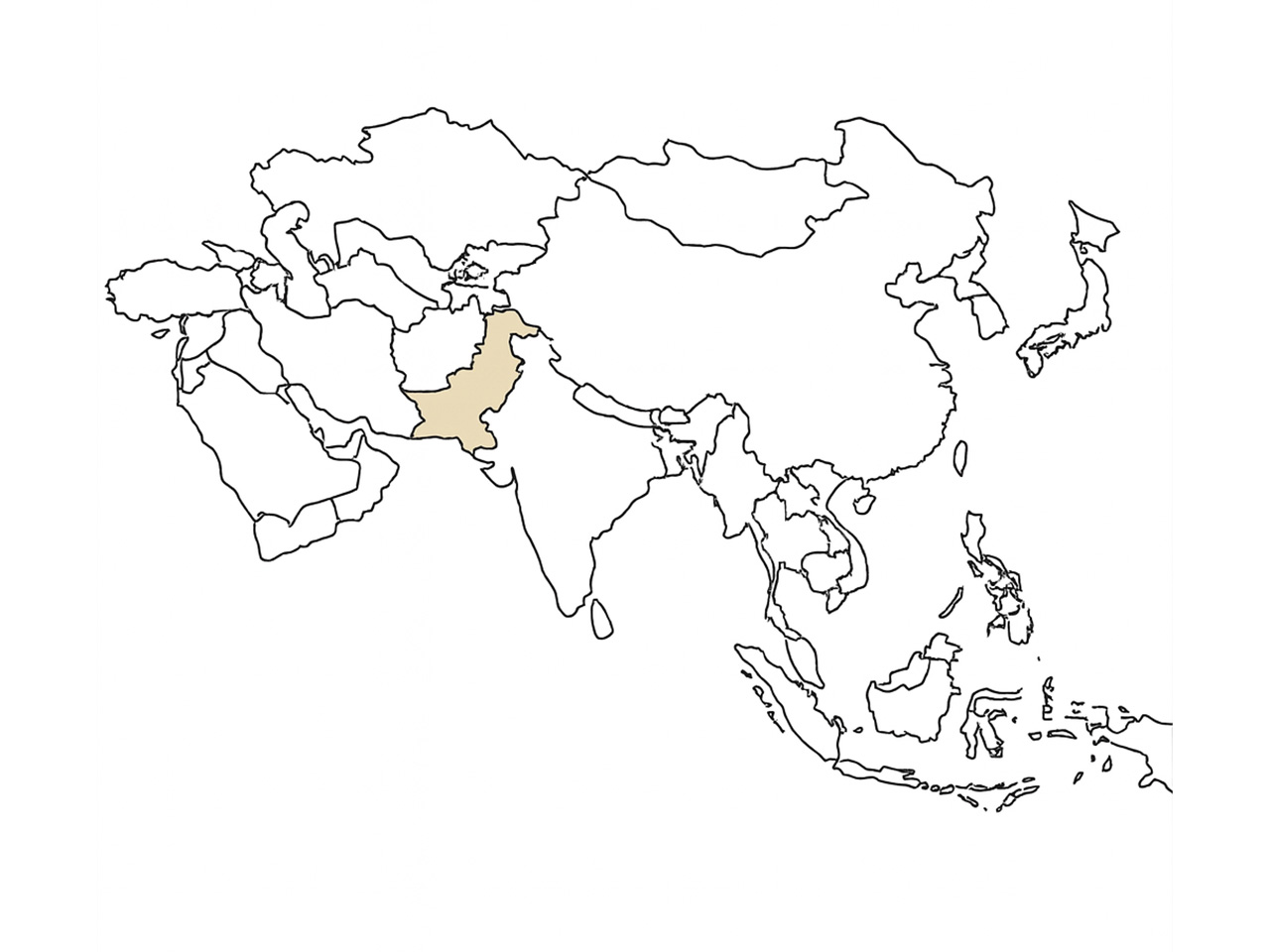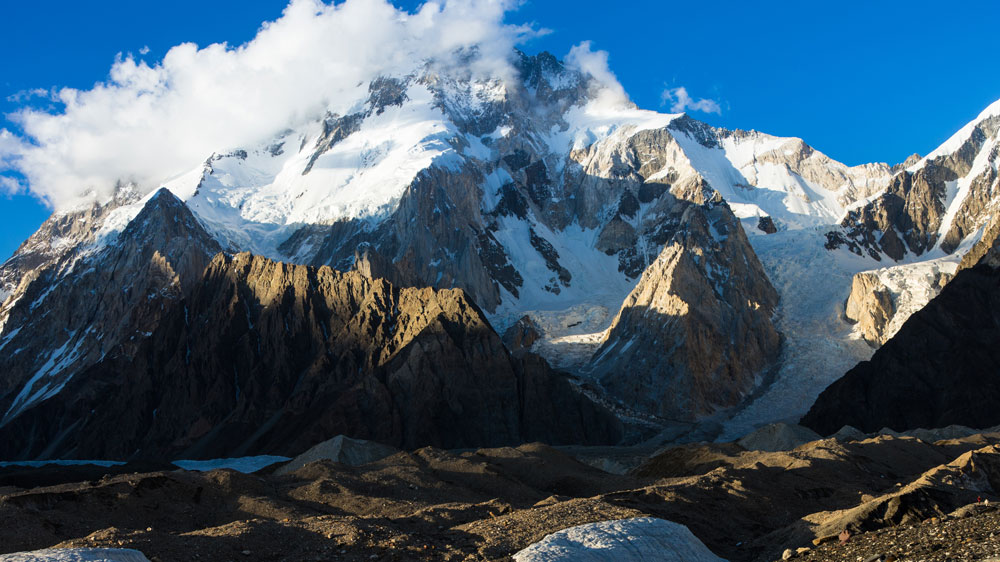Pakistan straddles the Himalaya, Karakorum and Hindu Kush mountains in the north and the arid deserts of Sindh and Balochistan in the south. Community‑based conservation programmes channel permit revenue back into local villages, creating thriving populations of wild sheep and goats. Hunts typically take place from late October through April with the rut in December.

From 14 000‑ft peaks to desert foothills, Pakistan offers some of the world’s most challenging mountain hunts.
Northern Mountains The high‑altitude ranges around Gilgit and Hunza host Himalayan ibex and the rare blue sheep. Hunters climb to elevations of 11 000–14 000 ft and must be physically fit. Travel usually involves a flight to Islamabad followed by a domestic flight or long drive and then multiday ascents on foot or horseback.
Markhor Areas Pakistan offers three markhor subspecies—Astor, Kashmir and Sulaiman—found in steep, rocky terrain. Limited permits make these hunts coveted and expensive; accommodations range from village guesthouses to tented camps.
Sindh & Baluchistan At lower elevations near Karachi, hunters pursue Sindh ibex and Blandford urial at around 3 000 ft. These desert hunts are less physically demanding but still require good marksmanship and patience.
Punjab & Khyber Pakhtunkhwa Rolling hills and river valleys support populations of Punjab urial and Afghan urial. These hunts often combine glassing from ridgelines and stalking through scrub.

Pakistan’s unique system directs 80 % of trophy fees to local communities, incentivising villagers to protect wildlife. Logistics can be challenging: visa requirements, internal flights and pack animals all demand thorough preparation. Those who persevere are rewarded with world‑class trophies and unforgettable cultural experiences.
Notable Species Available in Pakistan Include:
Pakistan rewards hunters with spectacular mountain scenery and some of the world’s most sought‑after wild sheep and goats. From high‑altitude ibex camps to arid deserts harbouring urial, each region offers distinct challenges. Conservation‑driven quotas ensure sustainable harvests and funnel revenue to remote communities, making each hunt both an adventure and a contribution to local livelihoods.
Start Your Adventure



